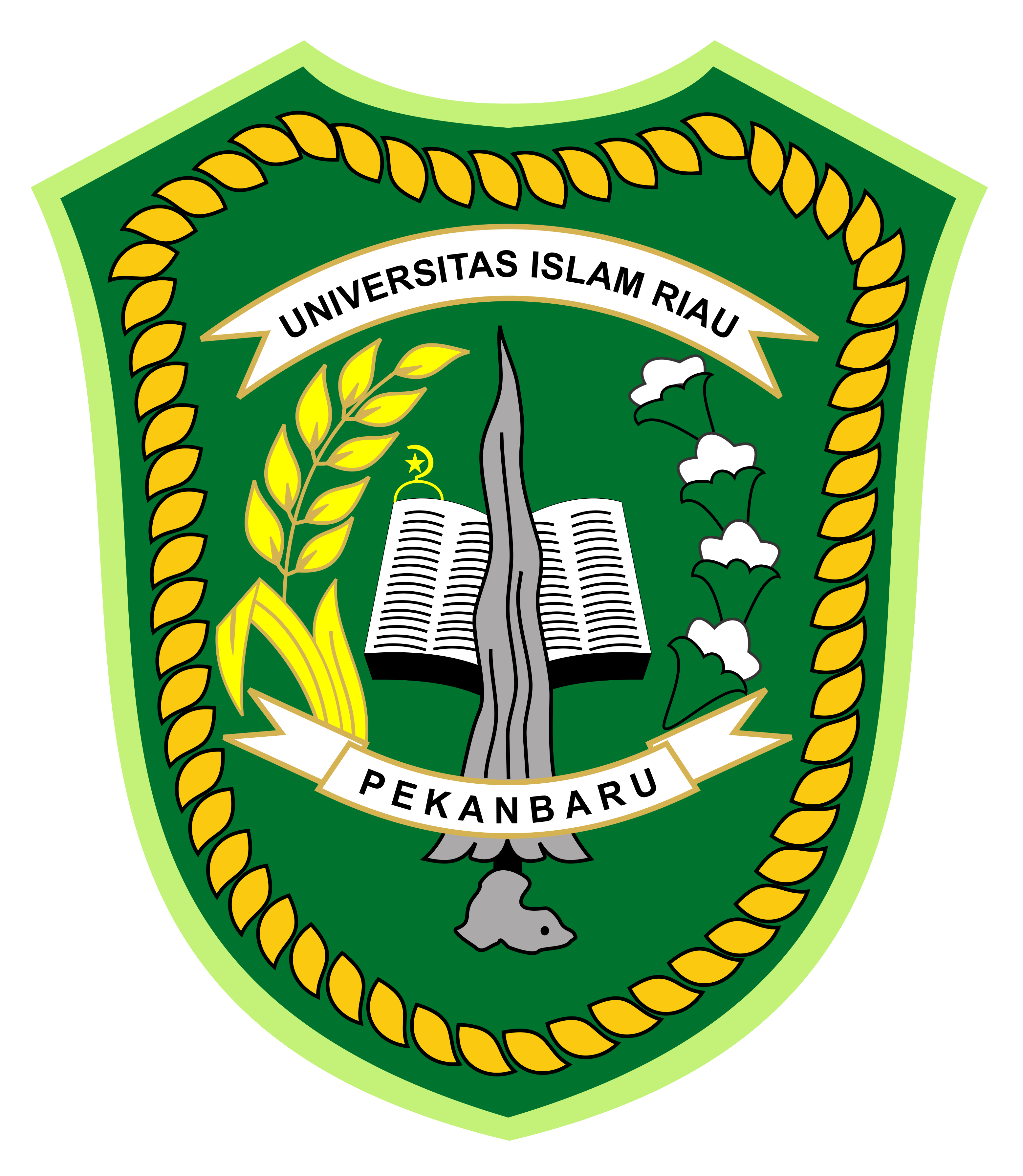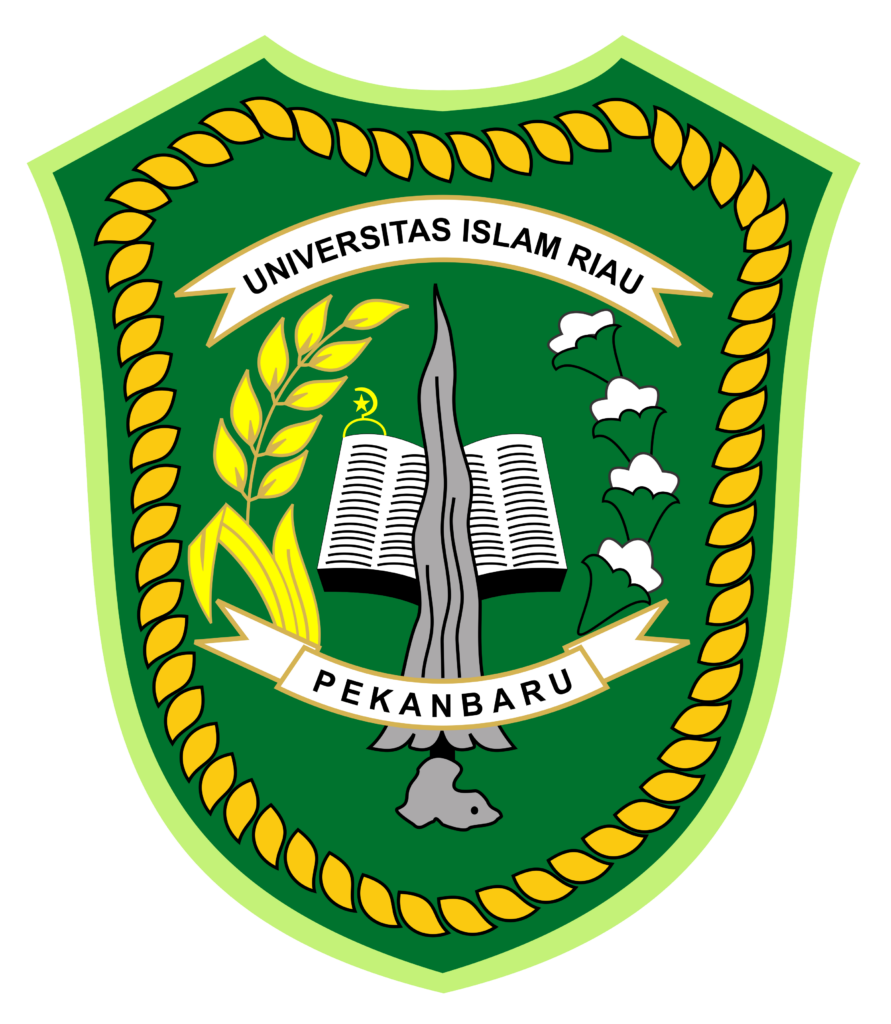Reference
The term reference comes from the English "reference" which means pointing to, mentioning. According to the Indonesian dictionary, the term reference refers to a source of reference (reference, instruction). Reference collections that contain certain information will provide answers to certain questions. In general, this collection is designed not to be read as a whole but only in certain parts and used as a source of certain information.
A reference book is designed to be consulted when authoritative information is needed, this service is directly related to the user in providing information. Patrons can ask reference librarians to help them find information. By conducting interviews or structured communication the librarian works to ascertain the needs of the user and determine appropriate sources of information. The role of the reference librarian is as an intermediary, bridging the user's real information with the library collection.
• Types of reference collections
Staf perpustakaan maupun pemakai perlu Library staff and users need to have a general knowledge of reference books and their scope.
List of collection of reference:
a. Dictionaries by content include:
1. General dictionary
Contains a list of terms that are commonly used in everyday life. The scope of content is not limited to special matters
2. Specialised dictionary
A dictionary that contains information about common words, but in a particular order. For example, words with the same meaning are arranged together, which is called a synonym dictionary. A dictionary that lists opposite words is called an antonym dictionary. Or a dictionary that only lists dialects of a language is called a dialect dictionary
3. Subject dictionary
It contains a list of words or terms about a particular problem or subject. For example, legal issues, agriculture, libraries, and others.
b. Dictionary according to the number of languages:
1. Ekabahasa dictionary
2. Bilingual dictionary
3. Polyglot dictionary
c. Dictionaries according to the number of entries:
1. Concise dictionary
> Less than 80,000 entries.
2. Abridged dictionary
> 130,000 – 160,000 entries
3. Unabridged dictionary
> More than 250.000 entry
d. Benefits of dictionaries:
1. Search for word meanings
2. Checking the spelling, bracketing and use of hyphens in a word
3. Look up the pronunciation of a word
4. Looking for abbreviations, synonyms, antonyms
5. Look up foreign words that are often used
Contains basic information or an overview of a particular topic or field that is described concisely and organised in such a way that it is easy to find the information. Information may include definition, scope, history, and geography.
a. Types of encyclopaedias:
1. National/general encyclopaedia
2. Specialised encyclopaedia
b. Benefits of encyclopaedias:
1. Search for basic information on various issues
2. The first step to conducting a study on a subject
3. Checking the truth of information
4. Window to the world’s information
A list containing information about library materials found in libraries, bookstores, publishers.
a. Types of catalogues:
1. National catalogue
2. Master catalogue
3. Magazine Master catalogue
4. Publisher/bookstore catalogue
b. Benefits of catalogues:
1. Knowing the collection of books in a library / several libraries
2. Knowing the books that are currently on the market
3. As a means of selecting collections
Anything that has been published by a particular author, or under a particular title, or on a particular subject.
Types of bibliography:
1. General bibliographies
Bibliographies contain bibliographic information on general subjects. No particular restrictions are made on the documents listed.
2. Specialised bibliography
Bibliographies that list literature with a specialised scope. For example, specialised bibliographies in the field of medicine, law, and others.
3. National bibliography
A national bibliography lists documents published in a country.
4. Universal bibliography
Lists literature from all over the world.
5. Annotated bibliography
Each piece of literature is annotated with a description of its contents and a bibliographic review.
The word index comes from the Latin indicare which means to point. An index gives a clue as to what papers have been published in magazines or other forms of other forms of documents on a particular subject. For example: Index of Riau Pos Newspaper News and Articles and Tempo Magazine Article Index
Bibliographies or indexes accompanied bynce essays.
Types of abstracts based on the way they are presented:
1. Indicative abstract
A concise description of the contents of a document written in common language and terms, with the characteristics that in this abstract there is no quantitative or qualitative data. The data is presented in descriptive form.
2. Informative abstract
A fairly complete summary, arranged in a logical order
Contains information on basic instructions and identification of a problem. E.g. comprehensive information on agricultural science:
– The agricultural handbook
– Pest and disease control handbook
In English, it is called a manual or guidebook. This book contains information on how to do a job or how to use and maintain a tool.
The concise oxford dictionary defines biography as “writing about a person’s life”. The appeal of a biography for users is to fulfil our curiosity about a person’s personality and to fulfil our desire to gain real knowledge or in other words to know what really happened through other people’s experiences.
Collections that specialise in geographical information.
Types of geography resources:
1. Maps (Images containing the location of land, regions, seas, rivers, mountains, etc.)
2. Atlas: a collection of maps
3. Globe
4. Earth science dictionary (gazzeter) describing location, area, number of inhabitants
1. Kamus
a. Kamus menurut isinya meliputi:
1. Kamus umum
Berisi daftar istilah yang umum dipakai sehari-hari. Cakupan isi tidak dibatasi untuk hal-hal khusus
2. Kamus khusus
Kamus yang berisi informasi mengenai kata-kata umum, namun dengan susunan tertentu. Misalnya kosakata yang artinya sama disusun bersama, kamus ini disebut kamus
sinonim. Kamus yang mencantumkan kosakata berlawanan disebut kamus antonym. Atau kamus yang hanya mendaftar dialek bahasa disebut kamus dialek.
3. Kamus subyek
Berisi daftar kata atau istilah mengenai masalah atau subyek khusus. Misalnya masalah hukum, pertanian, perpustakaan, dan lain-lain.
b. Kamus menurut jumlah bahasanya;
1. Kamus Ekabahasa
2. Kamus Dwibahasa
3. Kamus Aneka Bahasa (polyglot)
c. Kamus menurut jumlah kandungan entrinya :
1. Kamus singkat (concise dictionary)
kurang dari 80.000an
2. Kamus sedang (abridged dictionary)
130.000 – 160.000an entry
3. Kamus lengkap (unabridged dictionary)
Lebih dari 250.000an entry
d. Manfaat Kamus :
1. Mencari makna kata
2. Memeriksa ejaan, penyukuan dan penggunaan tanda hubung pada suatu kata
3. Mencari lafal kata
4. Mencari singkatan, sinomin, antonim
5. Mencari kata asing yang sering dipakai
2. Ensiklopedi
Memuat informasi dasar atau gambaran menyeluruh suatu topik atau bidang tertentu yang diuraikan secara ringkas dan disusun sedemikian rupa sehingga mudah untuk menemukan informasinya. Informasinya dapat berupa definisi, ruang lingkup, sejarah, dan geografi
a. Jenis ensiklopedi :
1. Ensiklopedi nasional/umum
2. Ensiklopedi khusus
b. Manfaat ensiklopedi :
1. Mencari informasi dasar mengenai berbagai masalah
2. Langkah awal untuk melakukan kajian mengenai suatu subyek
3. Memeriksa kebenaran suatu informasi
4. Jendela informasi dunia
3. Katalog
Daftar yang berisi informasi tentang bahan pustaka yang terdapat pada perpustakaan, toko buku, penerbit.
a. Jenis katalog :
1. Katalog nasional
2. Katalog induk
3. Katalog induk majalah
4. Katalog penerbit/toko buku
b. Manfaat katalog :
1. Mengetahui koleksi buku yang ada pada suatu perpustakaan/beberapa perpustakaan
2. Mengetahui buku yang sedang ada di pasaran
3. Sebagai sarana pemilihan koleksi






